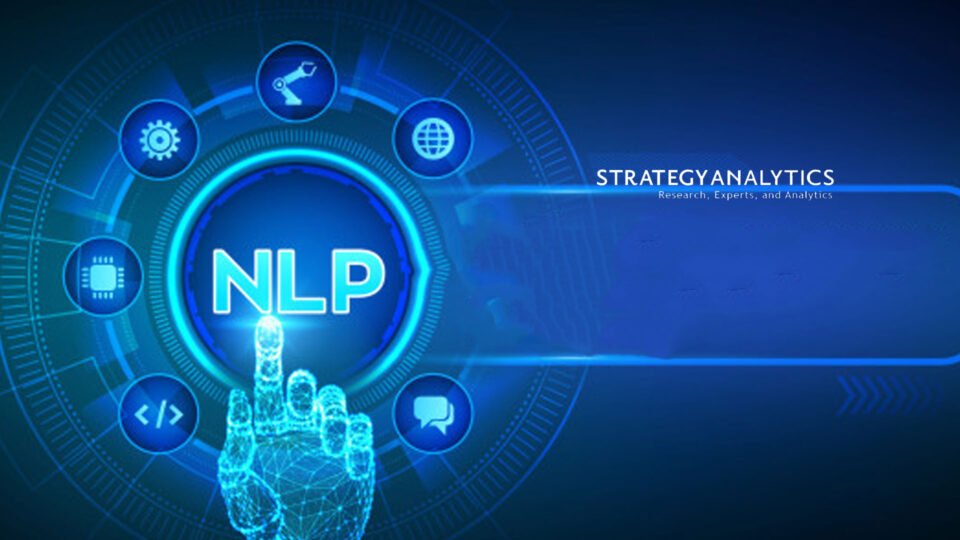Evolving Use-cases, Increasing Consumer Expectations and Innovations in AI and Natural Language Interfaces Will Remove Clunky Hardware In-Vehicle
Strategy Analytics – Touchscreens and voice controls are becoming the most common embedded infotainment controls in high-volume makes, but automakers are still attempting to differentiate themselves with novel human-machine-interfaces (HMI). From intelligent voice assistants to novel jog dials to non-touch gesture controls and more, innovation is continuing to be brought into automotive interiors. But it doesn’t stop there. The potential of future HMI in-vehicle is also being explored to include augmented reality head-up displays (AR HUD), smart surfaces, smart glass and motion sensors.
A new report from the Strategy Analytics’ In-Vehicle UX (IVX) service, “What’s Now and What’s Next? Novel HMI in the Car”, summarizes the current state of “novel” automotive HMI, the user experience implications of each HMI modality, and future challenges. Automotive best practice for HMI will be dependent on a number of factors including evolving use cases, increasing consumer expectations and the progression of AI and natural language interfaces.
Commented Derek Viita, report author and Senior Analyst IVX, “We see future HMI for high-volume cars to be centered around touch-sensitive surfaces or screens. Whether on screens or smart surfaces, as long as car buyers continue to demand connected media and satnav, customizable digital canvases will remain crucial for delivering these features. Voice assistants must also be intelligent, location-aware and perhaps most importantly, match voice UX in the car to voice UX experienced outside the car.
Continued Viita, “For premium models, future HMI should comprise all of the modalities mentioned for high-volume vehicles, but also include smart surfaces, smart glass and AR HUDs as standard. In the medium-term, jogdials and other novel hardware controls may be used as a temporary means of differentiation while other HMIs are established, but ultimately, clunky hardware should become the exception, not the norm.”
Added Chris Schreiner, Director, IVX, “Constructing best practices is not only dependent on innovations in technology around AI and natural language processing, but will also require predicting a timeframe for the roll out of fully automated transport, how future transport models will operate and what future interiors will look like. The common themes remain around the need for an acceptable level of privacy, the practicalities of using novel HMIs in different use cases and continued consumer desire for minimalist aesthetics.”

